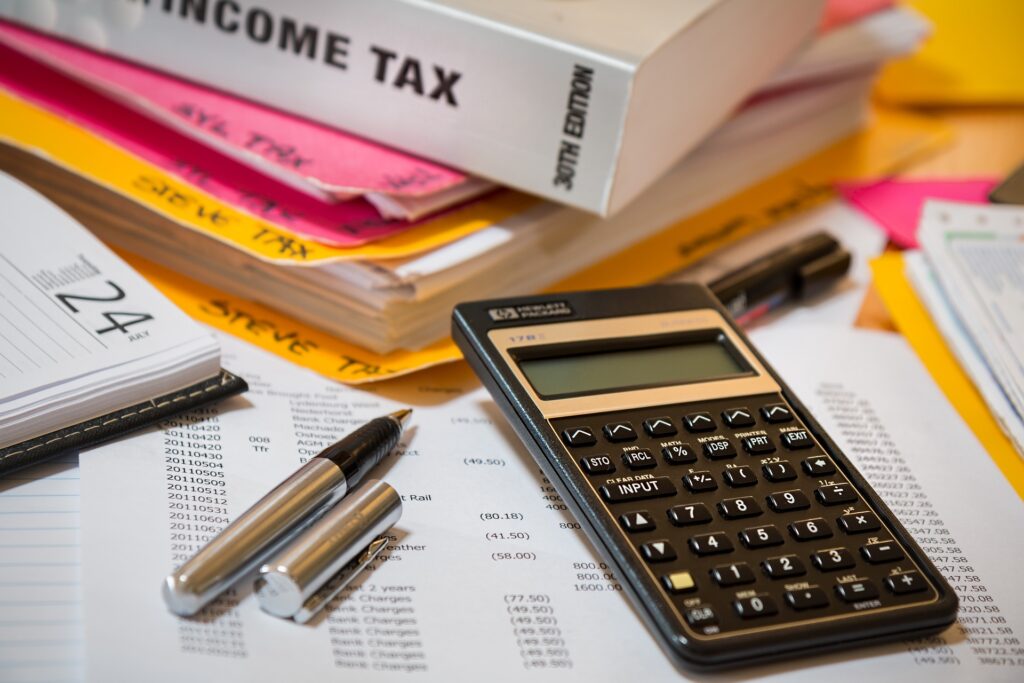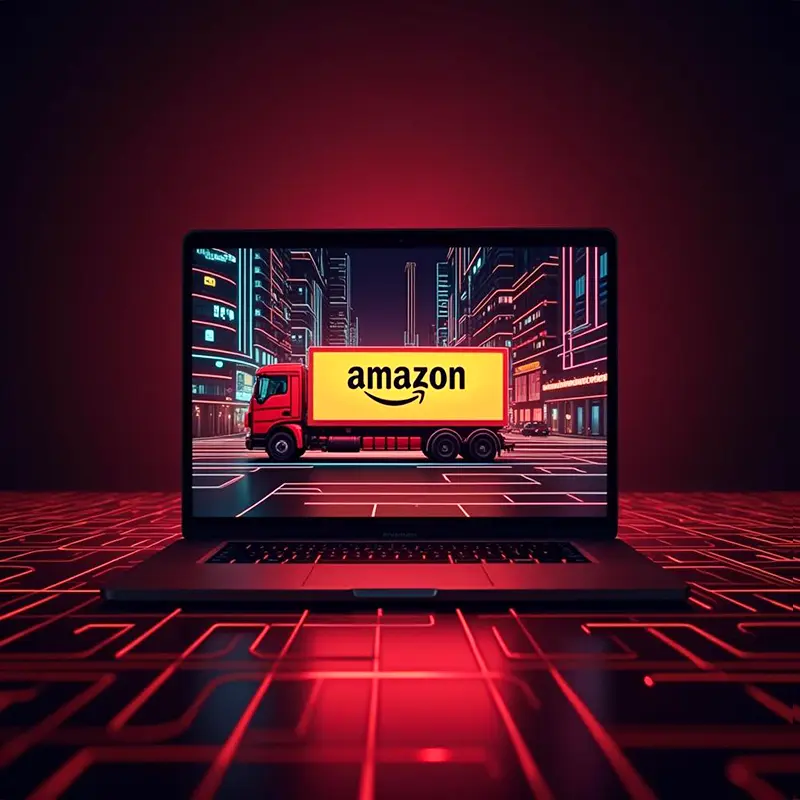It’s no secret that the COVID19 pandemic has changed the game for retail, especially those on the Amazon platform. At the peak of the virus response, Amazon’s FBA (fulfilled by Amazon) and Amazon Vendor Central program screeched to a halt [except what they deemed essential], impacting millions of businesses.
In a few short months, the peak fall/winter season will begin, so our experts at Velocity Sellers came together to provide a few important tips for planning your inventory management to reduce potential challenges.
1. STOCK HEAVY INVENTORY ON TOP SELLERS
During the first wave of the pandemic, Amazon closed its warehouses to non-essential businesses, making it impossible to add inventory for all other sellers. When warehouses opened again they were flooded with shipments, creating backups lasting days or weeks. Getting additional inventory into the warehouse early can keep your products in stock through the 4th quarter.

- FBA orders are being divided among many warehouses across the country due to the company’s warehouse FC transfer system being overloaded.
- Prepare for 60-90 days or more of stock depending on the turn rate of the item. Having that amount of stock also improves your A9 algorithm ranking.
- Although you cannot control order volume on Vendor Central, you can use two programs to increase stock. Typically we are leary of accepting bulk buys as they can erode cost pricing long term. However, during this pandemic, if the discount is within range we are suggesting that you accept all bulk buys.
- Another program called “Born to Run” can also be utilized on top-performing asins to build stock since you are guaranteeing sell-through, this should only be an option for top-performing products. This can help when Amazon misses sales spikes due to seasonality.
Note: the computer looks at the numbers and places bulk orders. Sometimes you can move faster than the system can see because they don’t have enough sales history to keep track of. With this program, you’re guaranteeing that if they don’t sell they can send them back. They are willing to buy more because you take the risk. - Even if your main channel is Vendor Central we suggest always having a Seller Central account open in case of a vendor shut down. We have seen these shutdowns twice in the last 12 months for different reasons and we expect others can occur. We also feel that vendor central wants to focus on larger businesses with more volume at 5 million per year and above (check this).
2. FOCUS ON YOUR CORE BUSINESS
While the market for products like protective gear, masks, and cleaning supplies has grown, sellers on Amazon will find it challenging to get into these categories. Due to liability issues, Amazon has blocked the sale of COVID19 related goods and created an approval process to validate sellers in these categories. Because of this, it’s best to stick with your core competencies to avoid being stuck with inventory that can’t be sold.

- In order to sell these items you will have to get approval in a new category called personal health and safety. In addition, Amazon has created a subcategory called PPE (personal protective equipment).
- When a seller tries to create a new listing they will have to fill out a new item creation form letting Amazon know that they want to sell this type of product. Three months into this pandemic we have seen very few approvals coming through.
- At this time Amazon is limiting sales to the brand owners, those who created the initial listing.
3. TAX CONSIDERATIONS FOR 2021
We are anticipating that the final states that Amazon does not collect sales tax for will be on board with Amazon in 2021. In addition, we are thinking about state budgets. If so much of the sales volume has shifted to online, sales income tax could become an issue as states try to cover their losses from brick and mortar.

To provide better protection against COVID19 in Amazon’s facilities, the company has changed its shipment methods, reducing transfers between warehouses. This means instead of purchase orders going to just one warehouse, it may go to four. This is just one of the many changes being made that impacts the distribution of products.
Profiting from your Amazon business requires staying aware of changes, being aware of seasonality, and predicting the right moves to make based on the economic and political environment around us.
COVID19 response will continue likely into the first quarter of 2021 when we expect vaccine availability. If the first three months of this year give us any indication of what’s to come, a second wave, everyone shopping online and carriers get overrun, etc. Prepare for the uncertainty that could impact your business and hedge for those potential challenges.
There can always be pitfalls including stock issues, carrier issues, etc. and sellers need to be prepared.
If you’re not sure how to best plan your inventory going forward, please
schedule a free consultation session here for no-obligation advice from our professional Amazon experts.
To your success,
Jake

